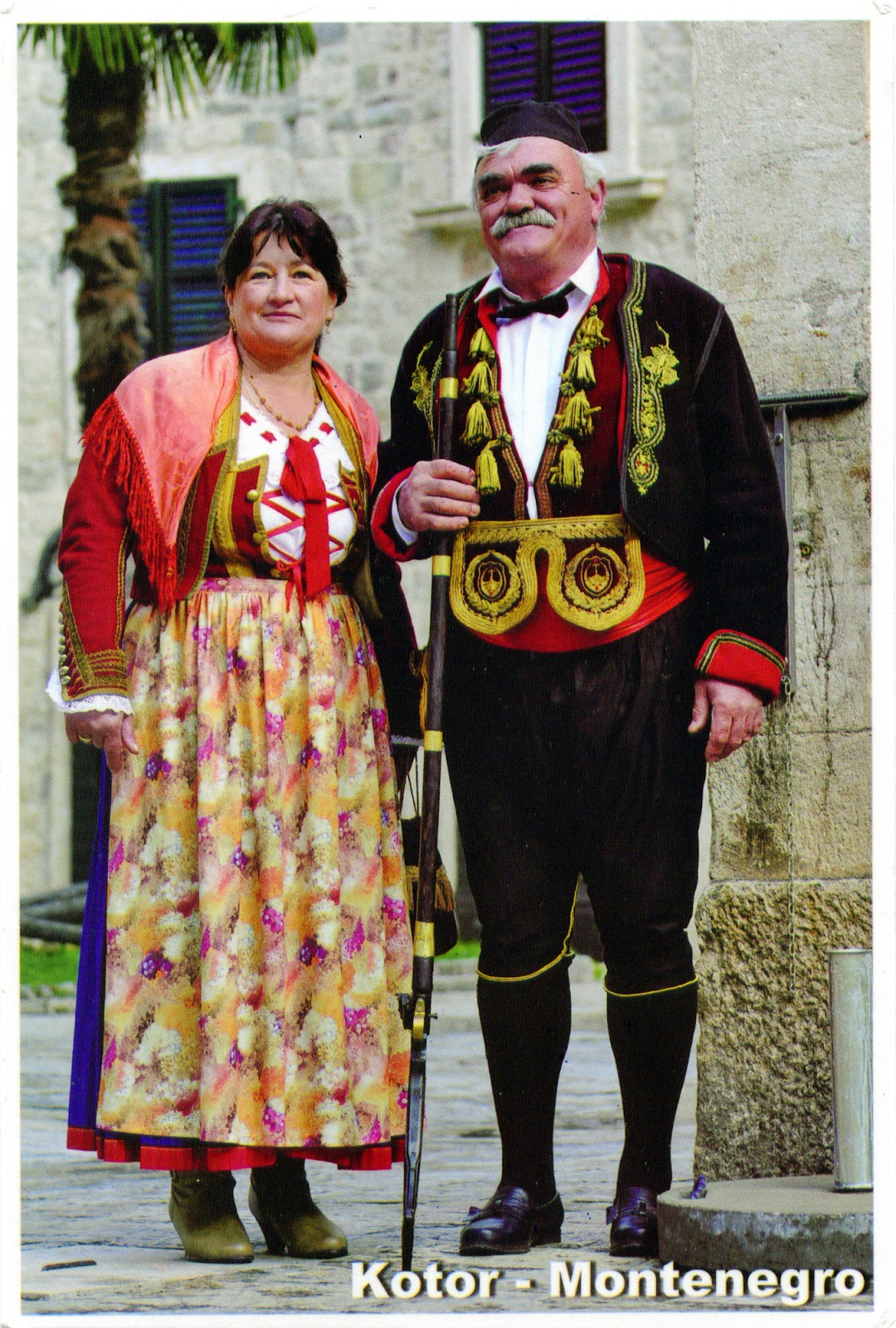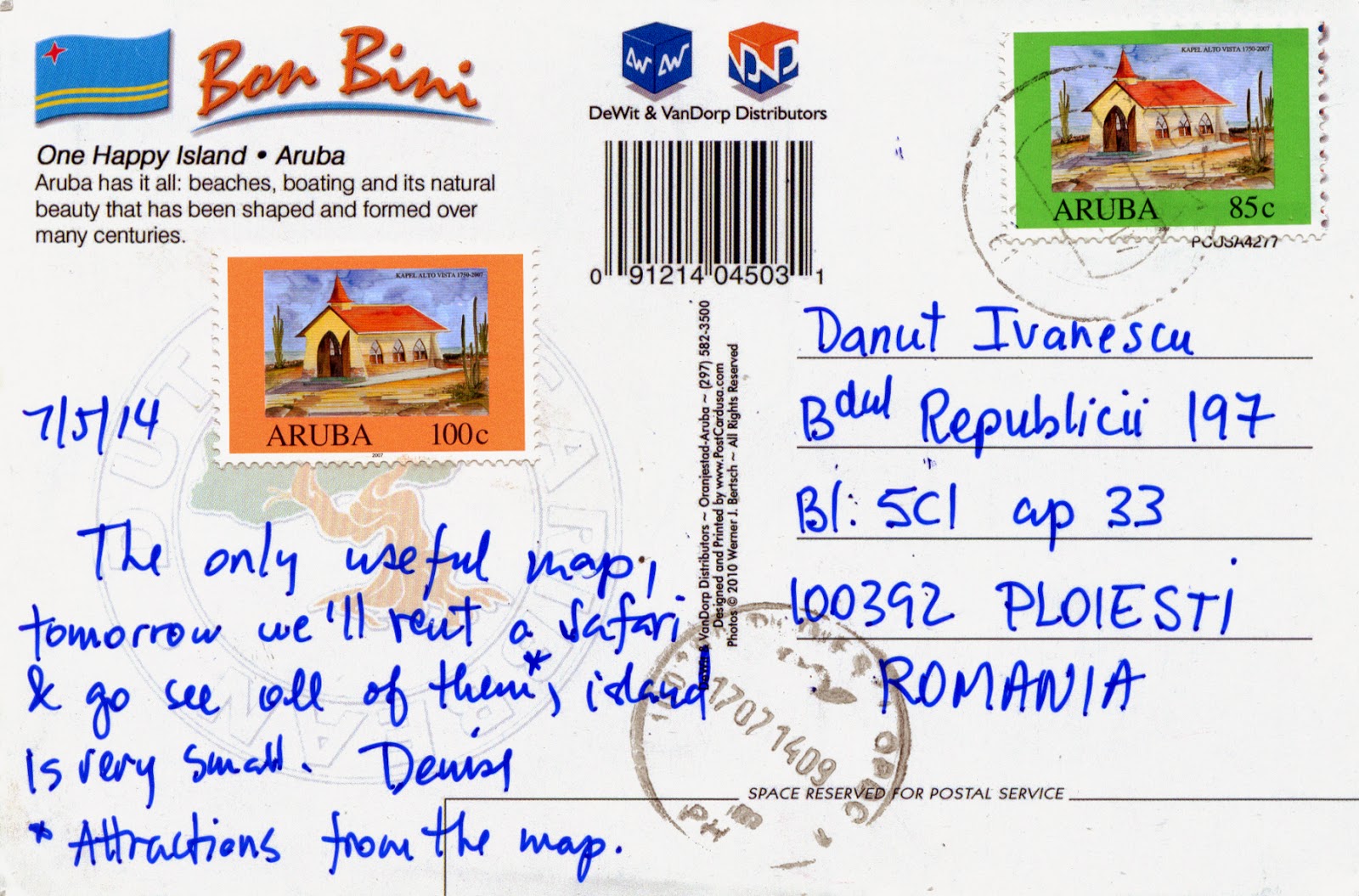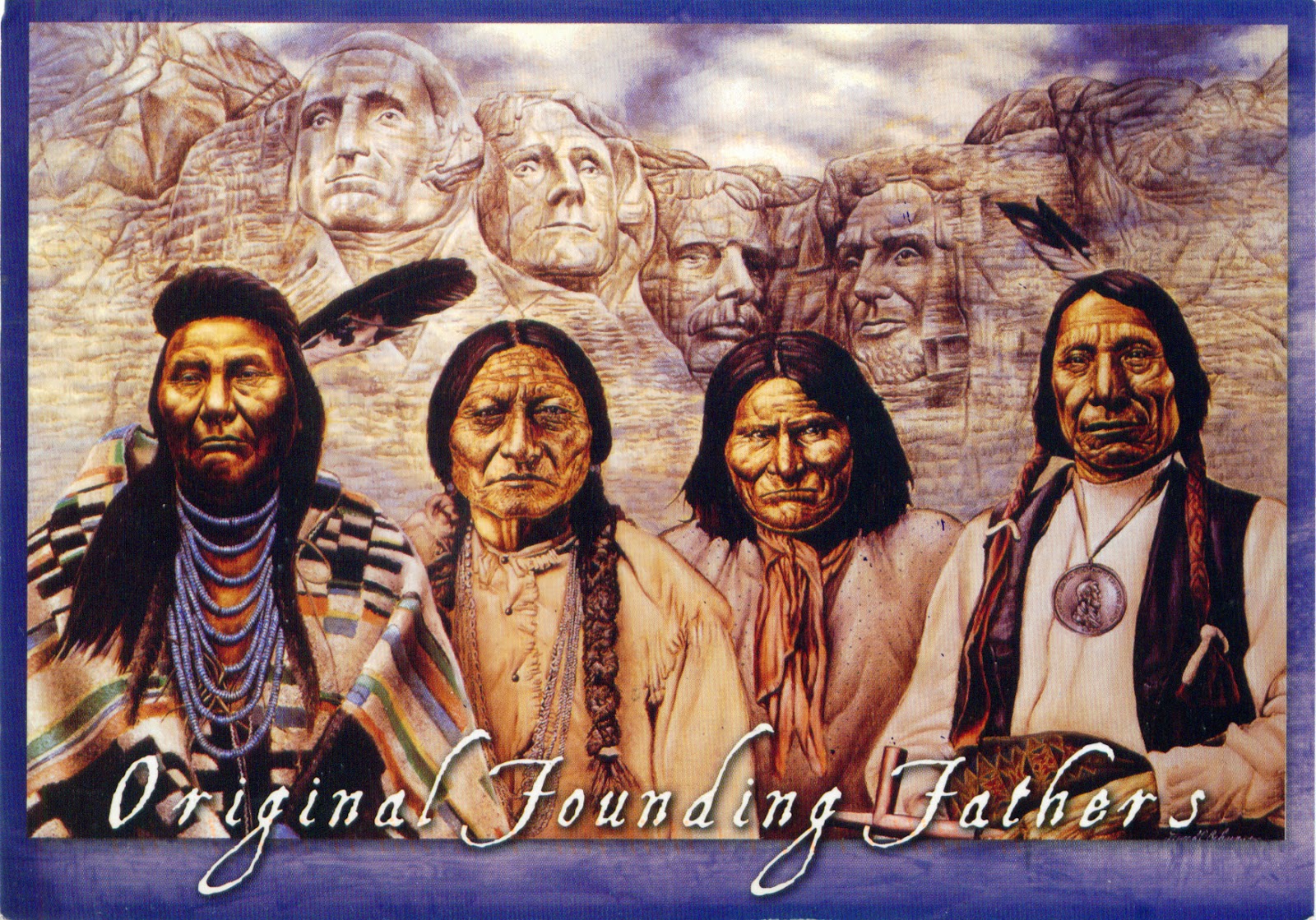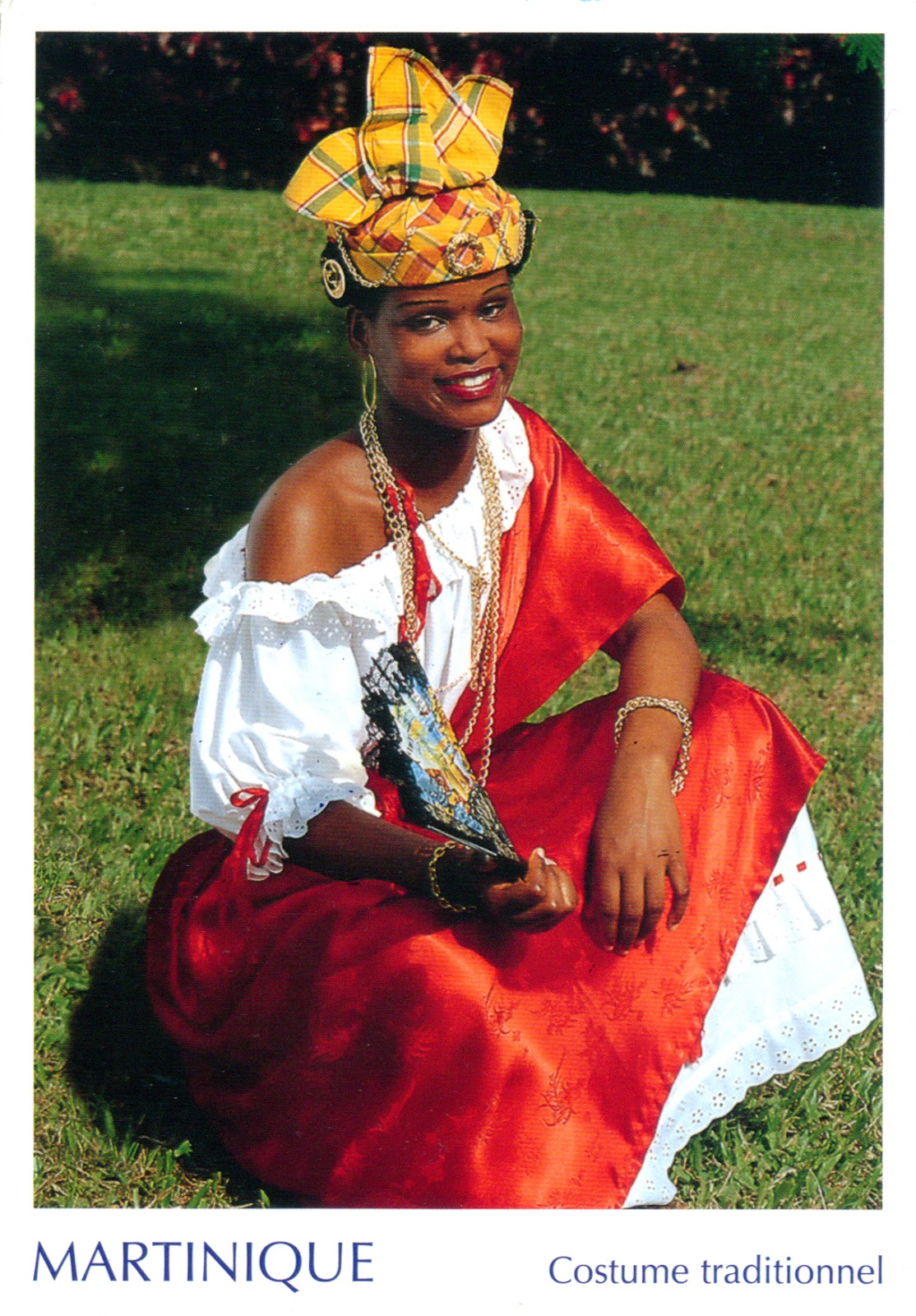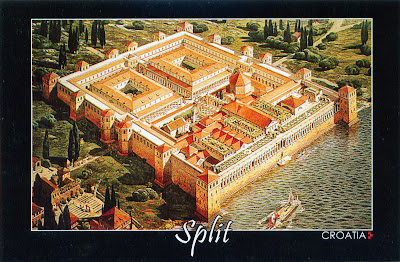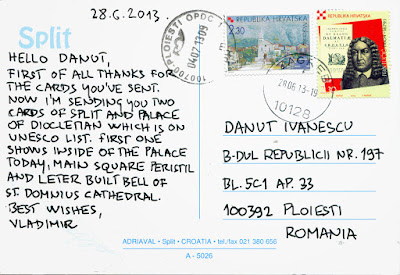The
United Nations (UN) is an intergovernmental organization established on 24 October 1945, after the WWII, to prevent another such conflict, actually a replacement for the ineffective
League of Nations. At its founding, the UN had 51 member states; there are now 193. Its objectives include maintaining international peace and security, promoting human rights, fostering social and economic development, protecting the environment, and providing humanitarian aid in cases of famine, natural disaster, and armed conflict. The
flag of the UN was adopted on October 20, 1947, and consists of the
official emblem of the UN in white on a blue background. The emblem's design is described as: "A map of the world representing an azimuthal equidistant projection centred on the North Pole, inscribed in a wreath consisting of crossed conventionalized branches of the olive tree, . . . The projection of the map extends to 60 degrees south latitude, and includes five concentric circles."
The
UN Headquarters is situated in the
Turtle Bay neighborhood of
Manhattan,
New York City, on spacious grounds overlooking the
East River, and enjoys extraterritoriality. The complex was constructed in stages with the core complex completed between 1948 and 1952. Rather than hold a competition for the design of the facilities for the headquarters, the UN decided to commission a multinational team of leading architects to collaborate on the design. The American architect
Wallace K. Harrison was named as Director of Planning, and a Board of Design Consultants was composed of architects, planners and engineers nominated by member governments. The board consisted of
N. D. Bassov of the
Soviet Union,
Gaston Brunfaut (
Belgium),
Ernest Cormier (
Canada),
Le Corbusier (
France),
Liang Seu-cheng (
China),
Sven Markelius (
Sweden),
Oscar Niemeyer (
Brazil),
Howard Robertson (
United Kingdom),
G. A. Soilleux (
Australia), and
Julio Vilamajó (
Uruguay).
The diminutive site on the East River necessitated a "Rockefeller Center"-type vertical complex, thus, it was a given that the Secretariat would be housed in a tall office tower. During daily meetings from February to June 1947, the collaborative team produced at least 45 designs and variations. After much discussion, Harrison, who coordinated the meetings, determined that a design based on Niemeyer's project 32 and Le Corbusier's project 23 would be developed for the final project. Le Corbusier's project 23 consisted of a large block containing both the Assembly Hall and the Council Chambers near the centre of the site with the Secretariat tower emerging as a slab from the south. Niemeyer's plan was closer to that actually constructed, with a distinctive
General Assembly building, a long low horizontal block housing the other meeting rooms, and a tall tower for the Secretariat. Le Corbusier and Niemeyer merged their schemes 23–32, and this, along with suggestions from the other members of the Board of Design Consultants, was developed into project 42G.
The complex includes a number of major buildings. While the
Secretariat building (154m) is most predominantly featured in depictions of the headquarters, it also includes the domed
General Assembly building, the
Dag Hammarskjöld Library, as well as the Conference and Visitors Center, which is situated between the General Assembly and Secretariat buildings, and can be seen only from FDR Drive or the East River. Just inside the perimeter fence of the complex stands a line of flagpoles where the flags of all 193 UN member states, plus the UN flag, are flown in English alphabetical order.
The complex is also notable for its gardens and outdoor sculptures. One of the iconic sculptures is the
Knotted Gun, called
Non-Violence, a bronze statue of a
Colt Python revolver with its barrel tied in a knot, which was a gift from the
Luxembourg government. It was made by Swedish artist
Carl Fredrik Reuterswärd after the singer, songwriter and peace activist, founder member of the
Beatles,
John Lennon was murdered in New York on 8 December 1980. There are currently 16 copies of the sculpture around the world, nine of them in Sweden. Since 1993, the Non-Violence sculpture is the symbol of
The Non-Violence Project, a non-profit organisation, promoting social change with violence prevention education programs.
The UN has three regional headquarters, opened in
Geneva (
Switzerland) in 1946,
Vienna (
Austria) in 1980, and
Nairobi (
Kenya) in 2011. These help represent UN interests, facilitate diplomatic activities, and enjoy certain extraterritorial privileges, but only the main headquarters in New York contains the seats of the principal organs of the UN. All fifteen of the United Nations' specialized agencies are located outside New York. The
United Nations Office at Geneva (UNOG) is located in the
Palais des Nations building constructed in Ariana Park for the
League of Nations between 1929 and 1938, and expanded in the early 1950s and late 1960s. An international architectural competition was opened in 1926, on which participated 377 projects, but the jury was unable to decide on a winner. Ultimately, the five architects behind the leading entries were chosen to collaborate on a final design: Julien Flegenheimer of
Switzerland,
Camille Lefèvre and
Henri-Paul Nénot of
France, Carlo Broggi of Italy and József Vágó of
Hungary. The Palace and its buildings constitute the second-largest building complex in Europe after
Versailles.
Read more »
